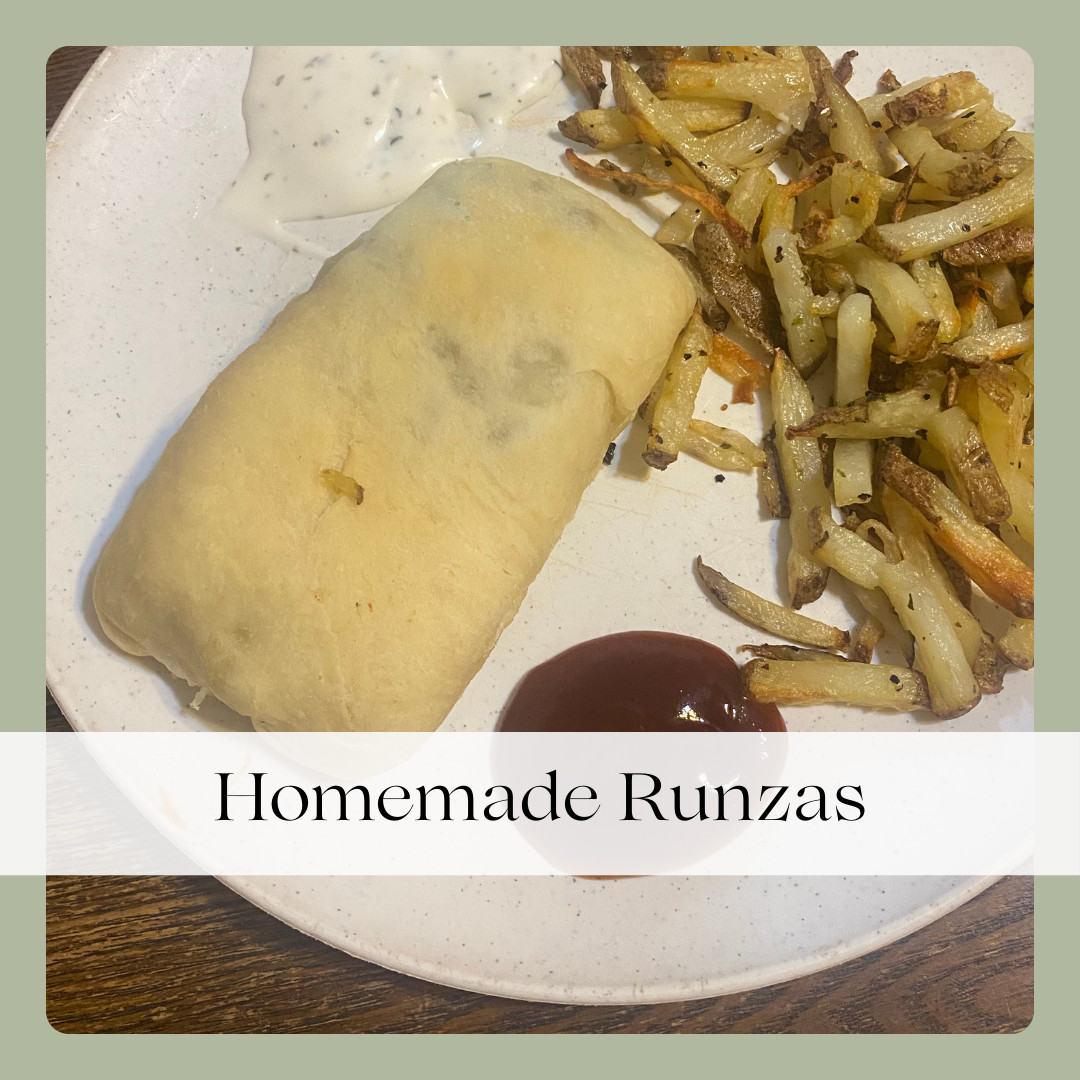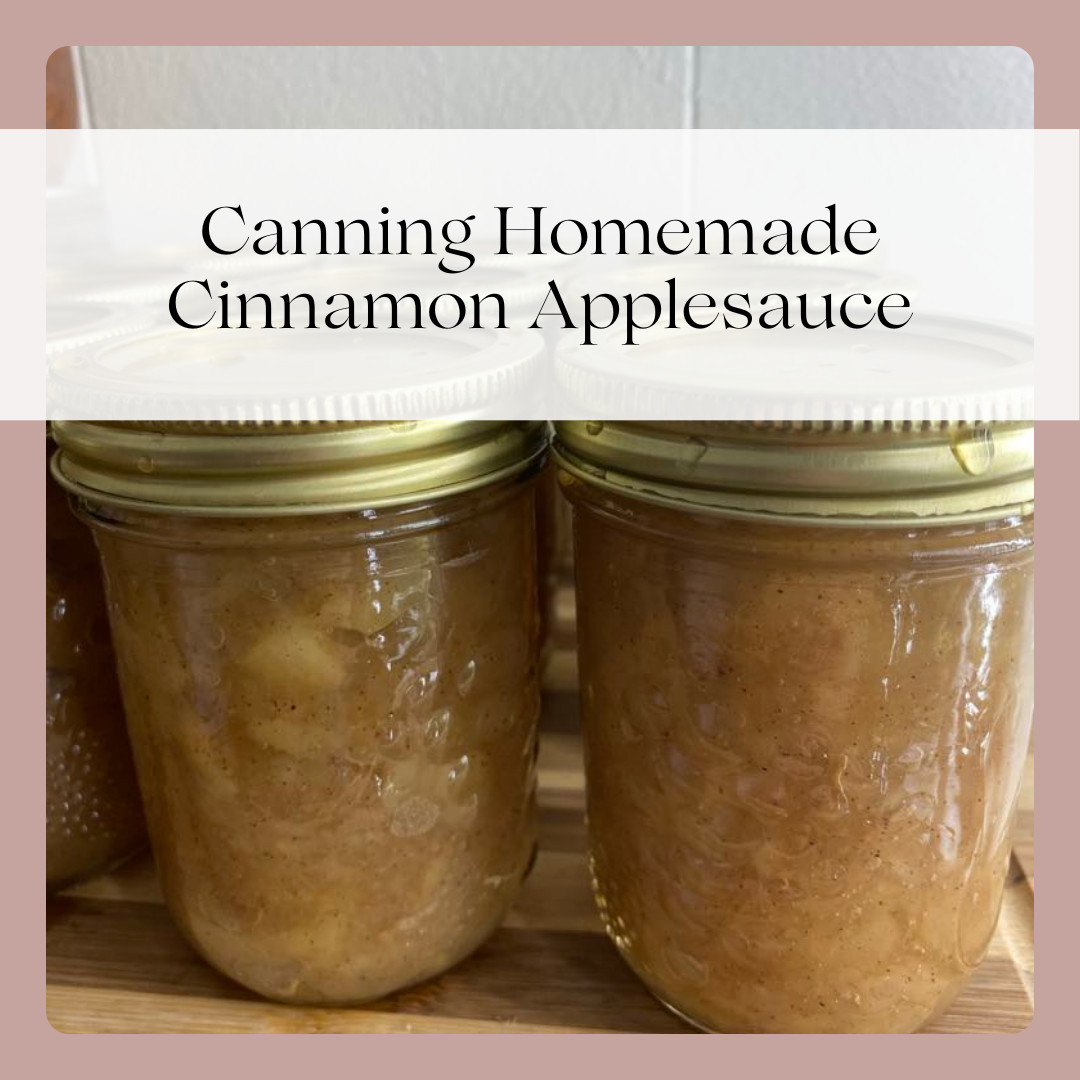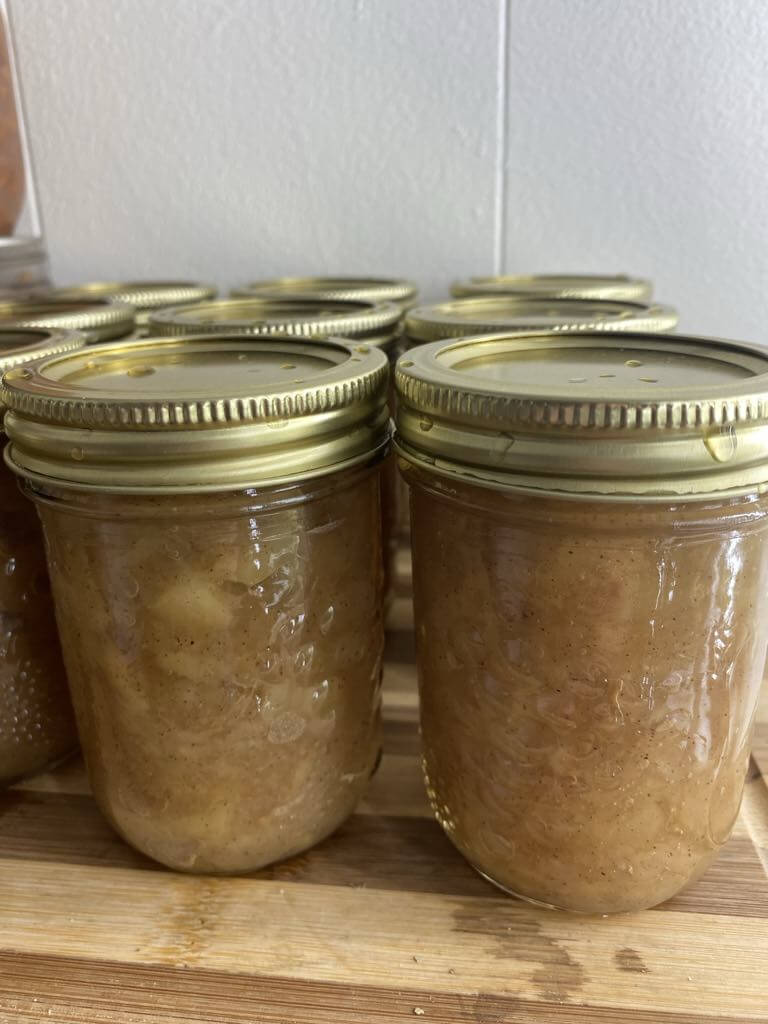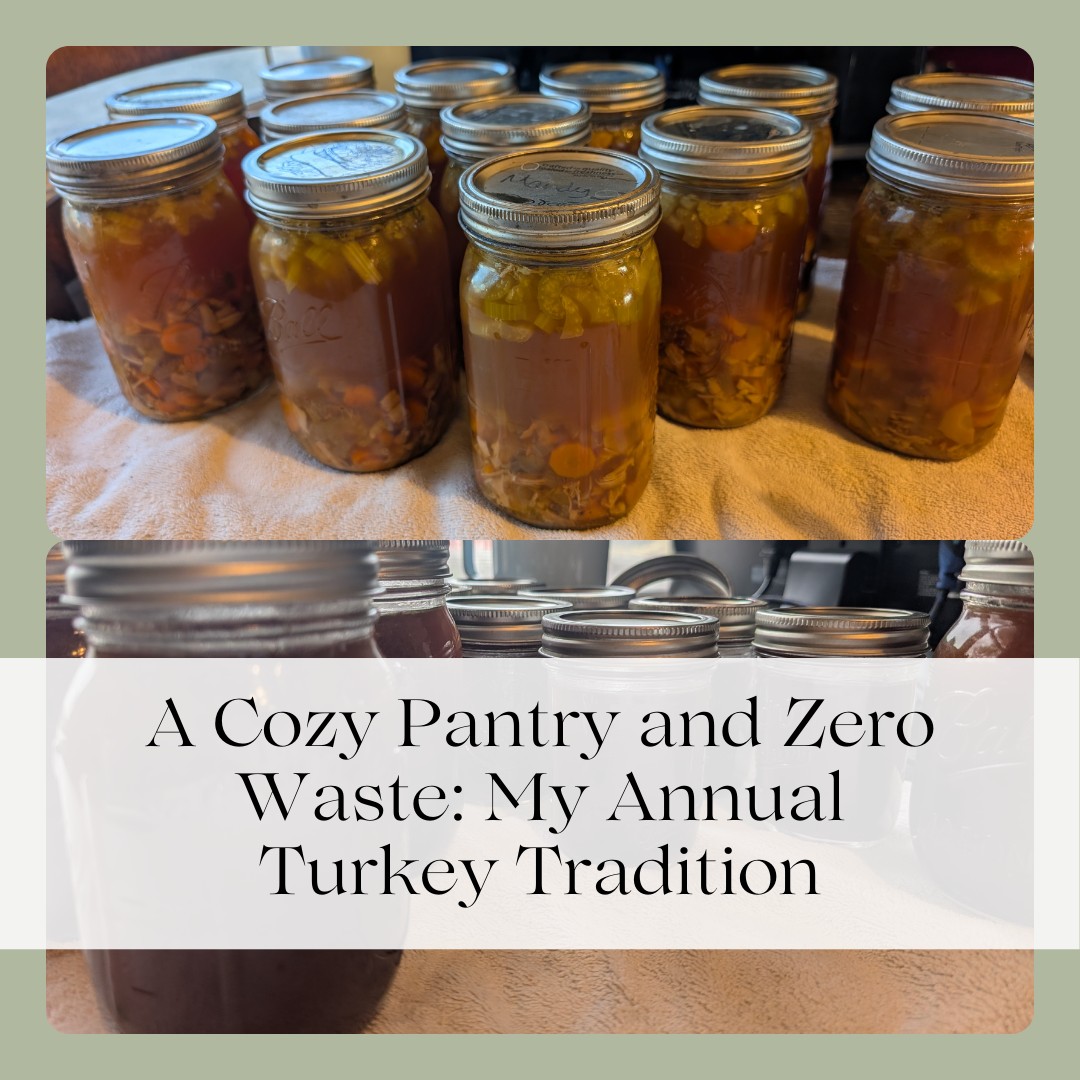
Now, let's get to the recipe!
Dough
- 4 1/ 2 cups all-purpose flour
- 1/4 cup sugar
- 2 pkgs (1/4 oz) yeast (or 4 1/2 tsp)
- 1 tsp salt (I like Himalayan)
- 3/4 cup milk
- 1/2 cup butter
- 2 eggs
Filling - 2 lbs ground beef
- 1 small onion
- 4 cups cabbage, chopped
- 1 tsp garlic powder
- 1 tsp dried thyme
- 2 tsp dried rosemary
- salt & pepper to taste
- Place 1 1/2 cups flour, sugar, yeast, and salt into large mixing bowl, fitted with a dough hook.
- In small saucepan, heat milk, water, and butter to 120-130 degrees F, over medium heat.
- Pour heated wet ingredients into flour mixture and mix slightly before adding beaten eggs.
- Continue mixing while adding remaining flour, 1 cup at a time. Mix/kneed until dough comes together and is smooth and elastic.
- Place dough in greased bowl, cover and let rise in a warm place for about 1 hour.
- While dough is rising, cook beef and onion over medium-high heat until meat is no longer pink. Drain if needed.
- Stir in seasonings and chopped cabbage. Stir gently and cook until cabbage is cooked (about 2-3 min).
- Remove from heat and let cool a little while the dough finishes rising.
- Preheat oven to 350 degrees F.
- Punch down dough and divide into 12 equal portions.
- Roll out each piece of dough into a rectangle.
- Place 1/2 cup of filling in center of each piece (you can add a little more for fuller runzas, I like to have some left over for another meal so I only do 1/2 cup).
- Add cheese if desired (see note below).
- Fold over dough to encase filling and seal the edges.
- Place on greased baking sheet (edges can touch but they cook a little better with a finger's width of space between them).
- Back at 350 degrees F for 18-20 minutes or until golden brown.
If you’re walking this same journey of homemaking, decluttering, and creating a peaceful, faith-filled home, you’re not alone.
I’d love to share encouragement, simple living inspiration, and homestead wisdom with you — right to your inbox.

Homemade Cinnamon Applesauce

Ingredients
- 2 pounds apples*, peeled and cut into 1-inch pieces
- 2/3 cups water
- 1/2 teaspoon cinnamon
- 1/8 teaspoon sea salt*
- 2-3 teaspoons raw honey
Instructions
- Combine all ingredients, except honey, in a 2-quart saucepan. Bring to a boil over medium-high heat. Cover, lower heat to medium. Cook for 20 minutes, or until apples are soft and are easy to mash.
- Remove pan from heat and allow to cool for about 15 min before removing lid.
- Stir in honey and mash apples to desired consistency.
- Start by inspecting your jars for any cracks or chips. Only use those in perfect condition.
- Wash your jars in hot soapy water, or run them through a dishwasher cycle to sanitize them.
- Submerge the jars in your large pot filled with water, make sure you have the canning rack in the bottom of the pot. Bring the water to a simmer (not a full boil) and keep the jars hot until you’re ready to use them. This helps prevent cracking when adding hot food.
- Place the lids in a small saucepan of simmering water (do not boil) to soften the sealing compound.
If you haven't already made the applesauce, now is the time to get it started.
- Remove one jar at a time from the simmering water, using your jar lifter. Pour out any water inside.
- Use a funnel to fill the jar with applesauce, leaving ½-inch headspace.
- Use a non-metallic spatula to remove any trapped air bubbles by gently sliding it down the sides of the jar.
- Wipe the rim of the jar with a clean, damp cloth dipped in vinegar to ensure a proper seal.
- Place a lid on the jar and screw on the band until fingertip-tight (don’t overtighten).
- Once the jars are filled and sealed, place them on a canning rack inside your pot of boiling water. Make sure there’s at least 1-2 inches of water covering the jars. If you need to add more water, make sure it is hot water.
- Place the lid on the pot and bring the water to a rolling boil. If using a canner, do not use the pressure cap.
- Start timing once the water reaches a full boil.
Times: Half-Pint: 15 min
Pint: 20 min
Quart: 20 min - Also be sure you adjust times for your altitude.
- Once the processing time is complete, turn off the burner and remove the lid. DO NOT move the canner off of the burner.
- Let sit for 5 minutes, then carefully remove the jars using the jar lifter. Place them on a towel or wooden board, leaving space between jars.
- Allow to cool for 12–24 hours without touching the lids or bands. As the jars cool, you’ll hear the satisfying "ping" sound that indicates they’ve sealed.
- After 24 hours, check the seals by pressing down on the center of each lid. If the lid does not pop back, it’s sealed. If it pops, you’ll need to refrigerate the jar and consume the contents within a week.
- Once sealed, remove the screw-on ring. You do not want to store the jars with the ring on because it can give you a false seal. If the jar is properly sealed, the lid will stay on until you open it.
- Label your jars with the contents and the date. Store them in a cool, dark place. Properly sealed jars will last up to a year or more.
- When you open the sealed jar, use a ring to keep it closed.
- Refrigerate after opening.
When it comes to canning, safety is key. It’s essential to only use approved canning recipes from trusted sources like the USDA, Ball, or other reputable food preservation organizations. These recipes have been tested to ensure they provide the right acidity levels and processing times to prevent the growth of harmful bacteria, particularly botulism, which thrives in low-acid, improperly canned foods. By following tested recipes, you’ll ensure that your canned goods are safe for your family to enjoy.
If you’re walking this same journey of homemaking, decluttering, and creating a peaceful, faith-filled home, you’re not alone.
I’d love to share encouragement, simple living inspiration, and homestead wisdom with you — right to your inbox.

My family loves being out in nature. Unfortunately, we don’t take the time to do it near as often as we should.
For Labor Day, my mom came for a visit and we decided to take a hike with our 2 little dogs.

We like to take a healthy picnic lunch for our outings. Chicken salad with homemade tortillas (you can find the recipe here) to the rescue!
We added a little fruit infused water for a refreshing drink and we were ready to go.
We each had a jar with our name on the lid. We simply added water and fruit to the jar, left it out in the sun while we enjoyed our picnic and then we were ready to sip away at our refreshing fruit infused water!
Pictured here is a frozen fruit blend of strawberries, mango, pineapple, and peach. Yum!
More fruit blends to try:
- berries like blueberry, raspberry, or blackberry
- apples
- mint leaves
- rosemary leaves
- oranges
- limes
- lemons
If you’re walking this same journey of homemaking, decluttering, and creating a peaceful, faith-filled home, you’re not alone.
I’d love to share encouragement, simple living inspiration, and homestead wisdom with you — right to your inbox.

My family absolutely loves homemade tortillas. Not only do they taste so much better than store bought, but we also know exactly what ingredients are in them. With all the dietary needs our family has, this is a pretty big deal.
Rolling out tortillas may not be hard, but I knew I wanted to make things as quick and easy as possible if I was going to be making tortillas on a regular basis. So, we bought this tortilla press and have used it for so much more than just tortillas. It also makes the perfect personal-size pizza!
Now for the super easy instructions and recipe!
Now, on to the fun tortilla press! I have found that cutting open a gallon sized ziploc bag works best for this. Open up the bag, place the dough in the center and press 4 times, turning 1/4 of a turn each time. This helps give the tortillas a more even rounded look.
Press dough between bag.
Tortillas are about 7″ wide
Cook on iron griddle
I then carefully move the pressed tortilla onto a hot griddle. I love my stovetop iron griddle for this. If you do not have a griddle, you can use a regular pan and cook them one at a time. Cook for about 1 min on each side and voila!
Homemade Tortillas

Ingredients
- 3 cups flour
- 1 tsp salt (I use Himalayan)
- 1 tsp baking powder
- 1/3 cup olive oil
- 1 cup warm water
Instructions
If you’re walking this same journey of homemaking, decluttering, and creating a peaceful, faith-filled home, you’re not alone.
I’d love to share encouragement, simple living inspiration, and homestead wisdom with you — right to your inbox.

If you’re walking this same journey of homemaking, decluttering, and creating a peaceful, faith-filled home, you’re not alone.
I’d love to share encouragement, simple living inspiration, and homestead wisdom with you — right to your inbox.


















